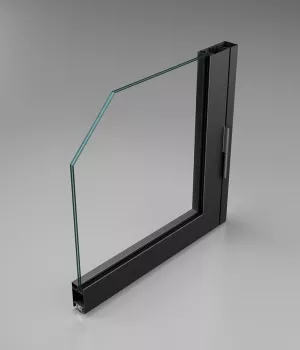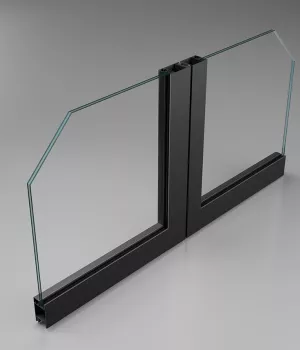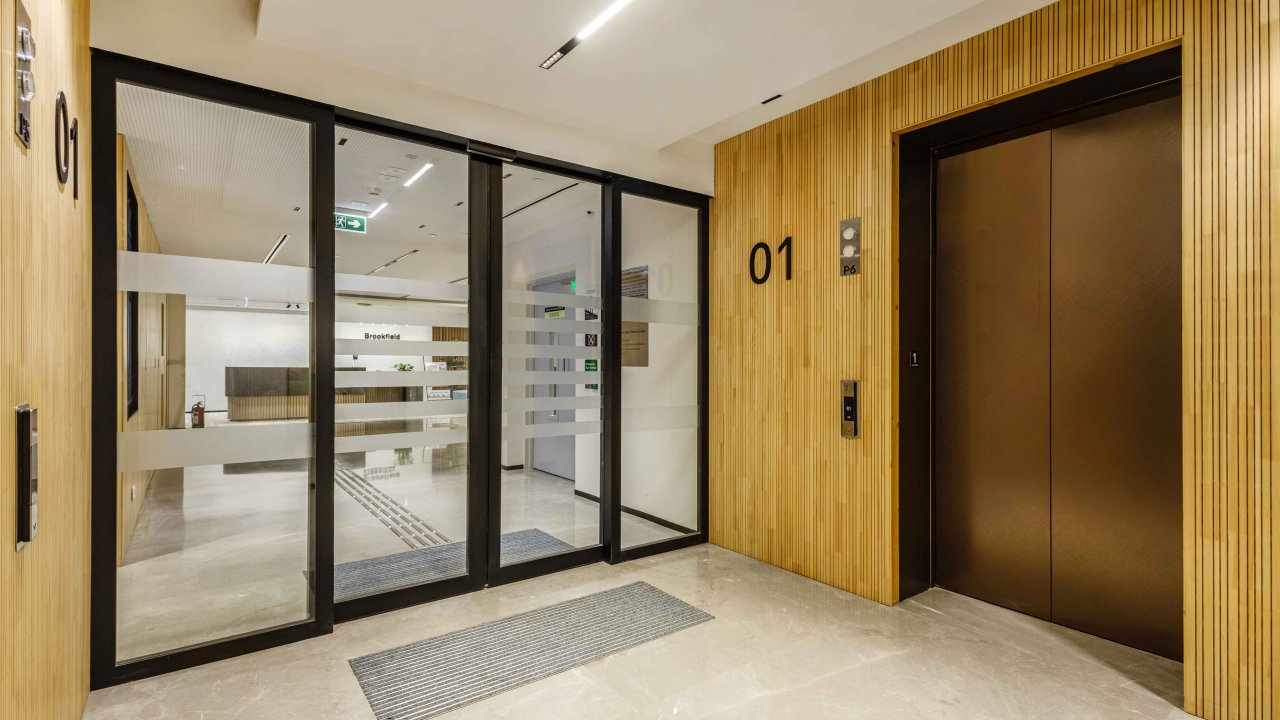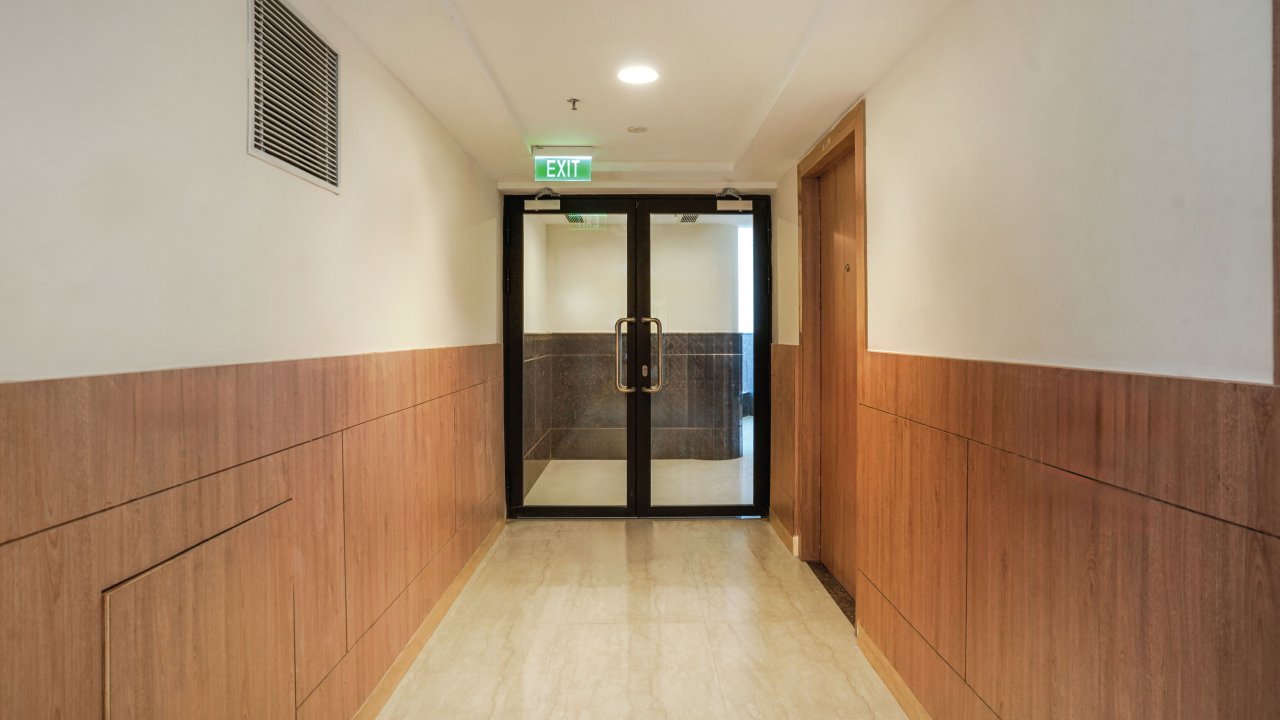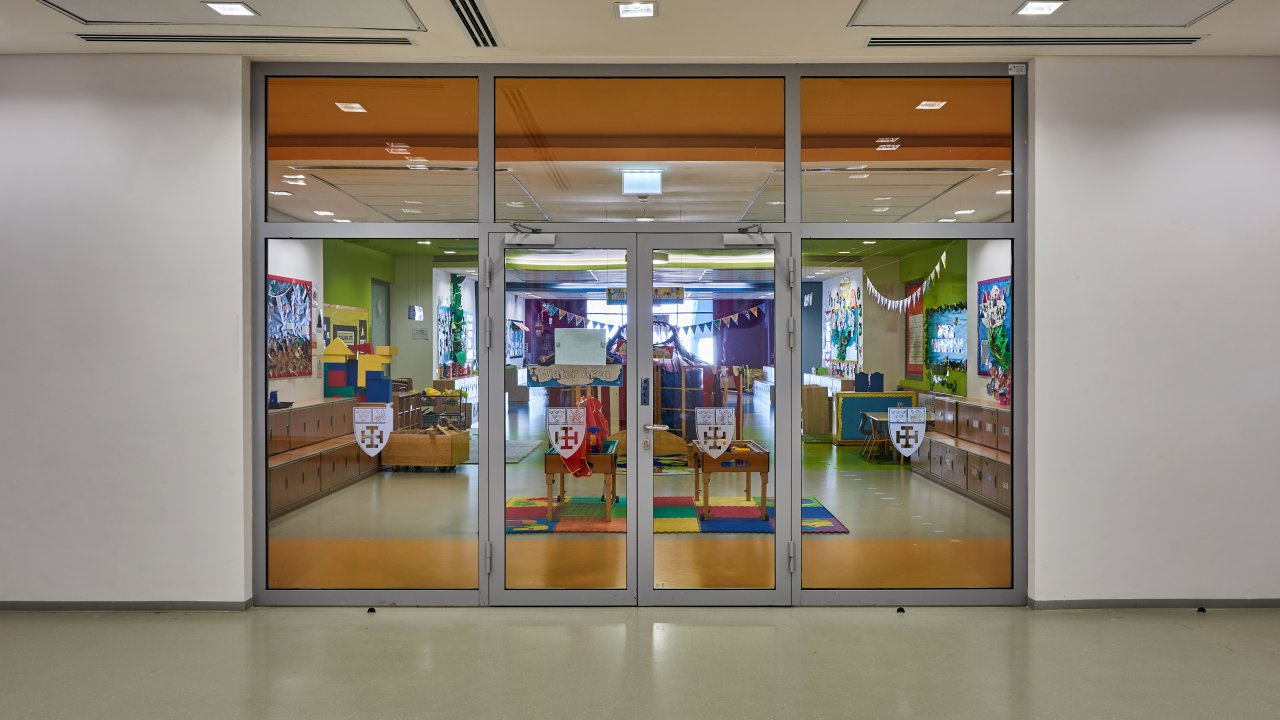What is a Fire-rated Door? Types, Benefits & Modern Design Ideas
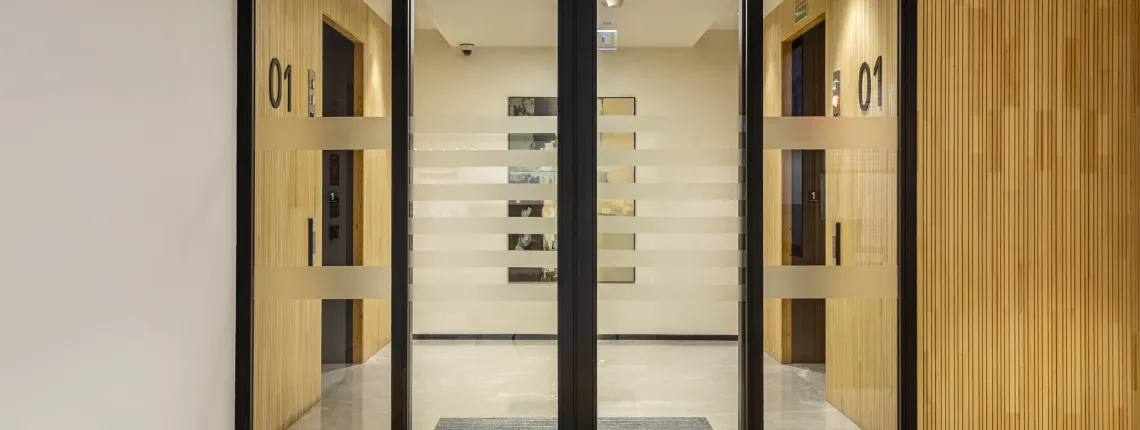
Modern buildings are more than steel and glass—they’re safety ecosystems. Every wall, window, and door plays a role in protecting what’s inside. Among them, fire rated doors stand as one of the most critical safety features. They’re not just passive components—they actively delay danger. But with evolving regulations and changing aesthetics, choosing the right fire door has become both a technical and design decision. Let’s break it down.
When Seconds Decide Everything
In a fire emergency, rapid smoke spread and rising temperatures can compromise visibility and block exit routes within minutes. Fire rated doors are engineered to delay the spread of flames, smoke, and heat between compartments. By compartmentalising the fire zone, these doors maintain safe egress paths and help building occupants evacuate more efficiently. Their tested performance under high-pressure conditions makes them critical components in passive fire protection systems.
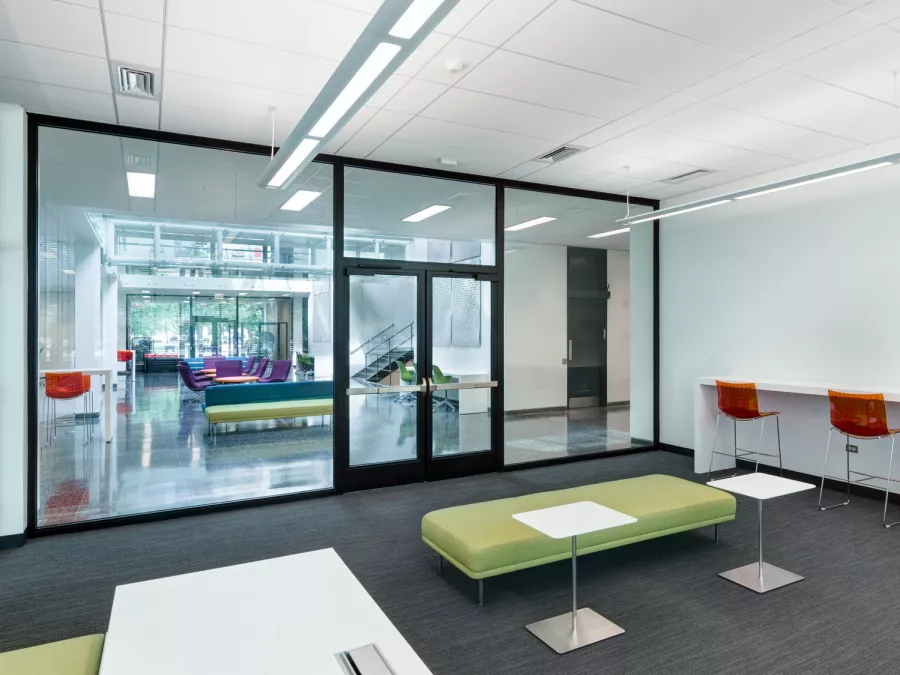
Fire-Rated Door Basics
So, what exactly is a fire door? It’s not just a heavy wooden or metal panel. A true fire proof door is a complete system, built from specialised materials like fire-retardant boards, steel cores, and certified glass, often paired with fire-rated frames, seals, hinges, and closers that are tested to withstand fire and smoke for a specific time, typically between 30 and 120 minutes, depending on fire codes and usage.
At its core, a fire rated door is about containment. It keeps the fire from spreading between building compartments and allows safe passage through corridors and exits. And that changes everything in an emergency.
Why “Rated” Matters: Understanding the Numbers
When you see a rating like EI30 or EI60, it’s not just alphabet soup—it’s crucial information. “E” stands for integrity (resisting flames), and “I” for insulation (containing heat transfer).
So, an EI60 door can hold back both fire and heat for up to 60 minutes. These ratings help professionals select the right protection for each space, whether it’s a residential high-rise, corporate office, hospital wing, school corridors, etc.
Main Types of Fire Rated Doors
Fire rated doors come in a wide range of materials and styles to suit different buildings:
- Steel Doors: Ideal for service corridors, basements, and utility areas. High durability and fire resistance.
- Timber Doors: Popular in office spaces and hotels for their warm appearance and good insulation.
- Glazed Fire Doors: Combine fire protection with visibility. Great for lobbies, hallways, and commercial spaces.
Each type has its specific use case, and often, a mix of door types is needed in a single project.
What Makes It Fire Rated?
Here’s a critical point: it’s not just the fire rated glass that makes a door fire-proof. The entire system must be tested and certified as a unit. This includes:
- Fire rated glazing
- Compatible framing materials
- Certified seals, accessories and hardware
If even one component doesn’t meet standards, the door could fail during an emergency. Always look for doors that have been tested as a system by a recognised third-party lab. It is for this reason that Vetrotech introduced the Vetrotech Design Solutions® range – complete tested in an internationally accredited labs and certified system solutions that are rated for fire protection.
Fire proof doors don’t just save lives. They:
- Minimise damage to property
- Block noise transmission
- Improve a building’s insurance profile
- Boost resale and rental values in commercial and residential markets
Modern Design Ideas That Don’t Compromise Safety
Gone are the days when fire doors looked clunky and out of place. Today’s designs are elegant, customisable, and in line with contemporary architecture. VDS fire rated doors offer you:
- Slim frames for a clean, modern look
- Large glazed panels for visibility and natural light
- Colour matching with interiors
- Customization for touchless operation for hygiene and convenience
- Invisible hardware or concealed closers for seamless aesthetics
- High durability and robust operation
Architects no longer need to choose between design and safety—they can have both.
Choosing the Right Door for Your Space
Choosing the right fire rated door depends on several factors:
- Location: Is it near an exit, staircase, or high-risk zone like a kitchen?
- Building Type: Residential, hospital, commercial tower, or educational institution?
- Traffic Volume: High-traffic areas may need superior fire performance and frequent maintenance.
- Code Requirements: What’s legally required for your specific region and occupancy category?
Always consult building codes and fire safety experts before making a choice.
Installation & Maintenance Must-Dos
Even the best fire rated doors can fail if not installed correctly. Improper fitting, incorrect seals, or incompatible hardware can all compromise performance.
Vetrotech’s VDS Certified Installer Program empowers installers with the technical expertise needed. This ensures proper installation and long-term reliability.
Routine checks and maintenance tasks include:
- Installation done as per the fire test
- Verifying door seals and gaps
- Checking the door closer operation
- Evaluation of hardware and fixation
- Ensuring the frame-glass fit remains tight
- Conducting fire drill checks
All of this keeps the fire rated door code-compliant and ready when needed.
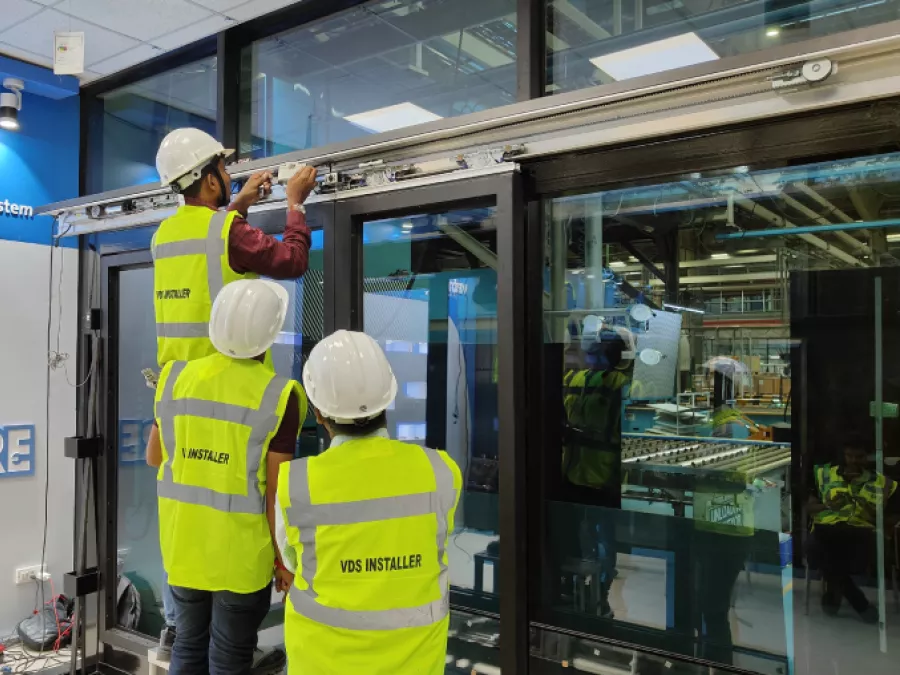
Can I install a fire rated door myself?
No. Professional installation is essential. These systems must meet strict performance standards, and DIY installation can void certifications and compromise safety.
How often should fire doors be inspected?
It’s best to inspect them twice a year, or more frequently in high-traffic areas. Look for broken seals, misaligned frames, and faulty closers.
What if I only need fire protection on one side of the door?
Some fire rated doors offer single-direction fire resistance, but this must be specified in the certification. Always match product specs with your risk zones.
Does changing the hardware affect certification?
Yes. Only certified hardware can be used, and any replacements should have been approved by a certification body for the equivalent fire rating. Swapping out closers or locks without checking compatibility can make the door non-compliant.
Are glass doors truly fire-rated?
Yes—when using tested fire proof door systems like Vetrotech’s VDS Swing Doors and VDS Sliding Doors which include certified glass and frame combinations.
Whether it’s for a hospital, office, mall or residential tower, Vetrotech doors combine fire protection, modern design, and code compliance—seamlessly.
Don’t Wait for a Fire to Upgrade Your Safety
When fire breaks out, the first few minutes are everything, and that’s when fire rated doors step in. They save lives, protect property, and ensure legal compliance.
If you're working on a new project or retrofitting an older building, don't settle for uncertified or outdated systems. Explore Vetrotech's certified, modern fire door solutions that blend safety with design. Protect what matters—with confidence and style.
